Building of the Day: 446 Greene Avenue, Bed Stuy Speakeasy With a Vibrant Past
Brooklyn, one building at a time. Name: Row house Address: 446 Greene Avenue Cross Streets: Bedford and Nostrand avenues Neighborhood: Bedford Stuyvesant Year Built: Around 1885 Architectural Style: Queen Anne Architect: Unknown, possibly Amzi Hill Other works by architect: Hill designed the houses on both sides of this one, as well as hundreds of row…
Brooklyn, one building at a time.
Name: Row house
Address: 446 Greene Avenue
Cross Streets: Bedford and Nostrand avenues
Neighborhood: Bedford Stuyvesant
Year Built: Around 1885
Architectural Style: Queen Anne
Architect: Unknown, possibly Amzi Hill
Other works by architect: Hill designed the houses on both sides of this one, as well as hundreds of row houses, as well as apartment buildings in Bedford Stuyvesant, Stuyvesant Heights, and Clinton Hill
Landmarked: No, but this block deserves to be landmarked
The story: Until recently, this was one of the great undiscovered blocks of Bedford Stuyvesant. It’s a bit removed from the core of the central Bedford neighborhood near Nostrand Avenue and Fulton Street.
Nonetheless, this block of Greene Avenue became a repository of some of Bedford Stuyvesant’s best row house architecture. Italianate, Neo-Grec, French Neo-Grec and Queen Anne style houses line this block, providing great visual interest and variety.
One house stands out, however, mid-block: a beauty with a large round three-story bay topped with a decorative cast iron balcony and a mansard roof. This house must have been built for someone special.
1880 map via New York Public Library
The house was built sometime between 1880 and 1886. Stylistically, I’d place it around 1885. The 1880 map of that block shows only one group — one of the Italianate groups, and nothing else. Only eight years later, the entire block on both sides of the street is full, with not an empty lot in sight.
1888 map via New York Public Library
Everything about this house says “custom.” It’s got cast iron railings that are much fancier than its neighbors. It’s 22 feet wide, on a block of 20-foot-wide houses, it’s five stories tall — the tallest building on the block. And aside from the suburban Home Depot door, it’s remarkably intact.
So, did someone commission this house, or is it just another speculative row house made a bit special for a customer looking for something bigger and better? Was it a different architect?
We know who designed the Queen Anne group surrounding this house — Amzi Hill, one of the masters of Bedford Stuyvesant architecture. This house is very different from those, but still could be his design. He was a master of brickwork and many of his buildings have beautiful ironwork.
It could also be Rudolfe Daus, or even the Parfitt Brothers. Both designed in the area, and both designed similar houses. More investigation is needed.
No owner comes up in the press until 1892, with an ad seeking a chambermaid. In 1898, one Corporal Howard P. Armstrong residing in the house made his way to the Spanish American War.
The next year, the house went on the market and was sold to a C. H. McGarland for $8,850, almost twice what four story houses in the neighborhood were going for. The interior must have been spectacular.
In 1902, the City Directory shows the house belonging to Francis A. Buchenberger and his family. He was a wealthy coal merchant, with a wife, Maria, and four children. They are mentioned here until 1905.
Interestingly, in 1907, the house was home to the family of Dr. Andrew Reginald Wentworth, a surgeon in the United States Navy. He was stationed aboard the USS Louisiana, which was patrolling the waters around the Philippines.
One of the Wentworth daughters was married here in the house. Amy got married in 1907, in a beautiful wedding in the parlor. Sadly, Amy died at the age of 25, of pneumonia, in 1912. By that time, the family had moved to 1209 Dean Street. Dr. Wentworth was now the Medical Inspector of the borough of Brooklyn.
But back to the Buchenbergers, who had lived here before. They either rented the house to the Wentworth family, or there was some other arrangement, as they were back by at least 1910. Mr. Buchenberger had died, and Maria and her children may not have been in the best financial condition, as they started to take in boarders.
The 1910 census shows Maria and her four adult children living here with 10 boarders; one couple, and eight single people. There were five other women and three men. Even in a five-story house, that’s a lot of people.
1914 Brooklyn Eagle ad
Ads start appearing advertising for boarders. They run from 1912 onwards. One of the Buchenberger girls got married here at home in 1912. More room!
Maria died in 1914. The names of some of the other children appear after that, but the family was spreading out. One of the sons was doing quite well in Texas. The house was let go.
In 1926, the house had its big claim to fame, or infamy, depending on one’s stance on illegal drinking. During the decade of Prohibition, it was a speakeasy, or as the papers called it, a “private rathskeller.”
The cops raided the place after a patrolman began observing a lot of activity at night. They sent someone in undercover, who bought two bottles of wine from a bartender. On the night of April 25, 1926, the police swooped in and arrested the building owner, the bartender, and 14 patrons.
There were eight young men and six young women arrested for “disorderly conduct“ centered around the noise they made as they were being dragged out into the street and arrested. They were all in their 20s, more than half of them from Manhattan. They were released at $300 bail for the women and $500 for the men.
The bartender, who gave this building as his address, was being held on Federal charges of breaking the Volstead Act; selling alcohol. The building’s owner, Humbert Galliant, was also booked on Federal charges and for violating the Sullivan Act.
Finally, in 1947, a teenager named Lloyd Robinson lived in one of the apartments with his parents. He decided to go up on the roof and shoot the bulbs out of the streetlights with a .22 rifle. One of his bullets hit 29-year-old Josephine Marra, a housemaid who was walking home from work.
She felt a sharp pain when she was shot, but there was no bleeding. Three days later, complaining of stomach pain, she collapsed and died at the hospital. It was discovered that the bullet was lodged in her torso, and she had died of internal bleeding.
The police traced the trajectory back to this house, and found spent casings on the roof. They questioned Robinson, who confessed after a night in police custody. He led them to the rifle which he had boarded up in a wall after realizing he had shot someone. He was arraigned, and no doubt convicted of manslaughter.
Today, this house has a much more quiet history. It is now home to four families.
All photos, unless otherwise credited, are by Suzanne Spellen
Nicholas Strini for PropertyShark

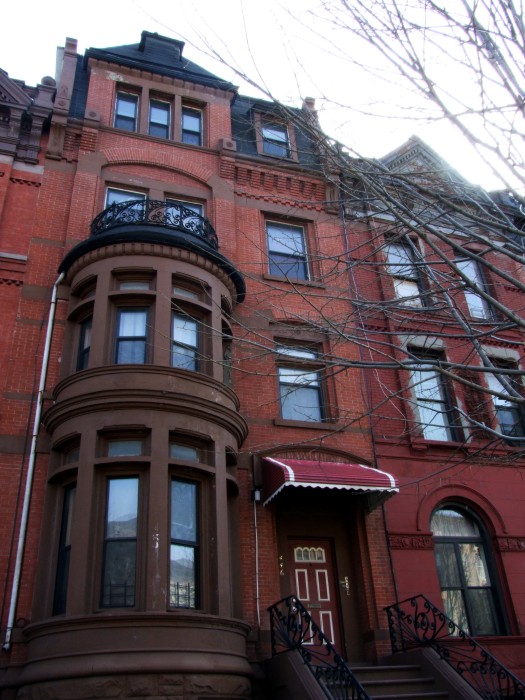
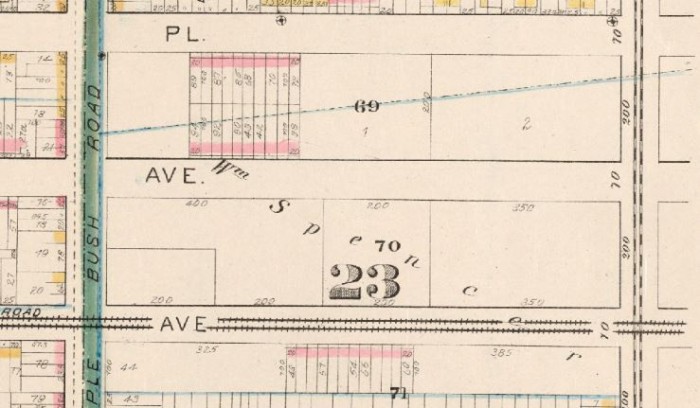
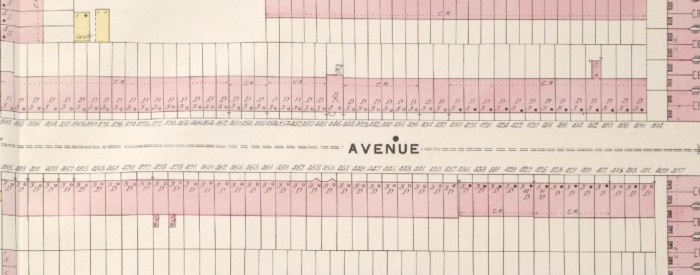
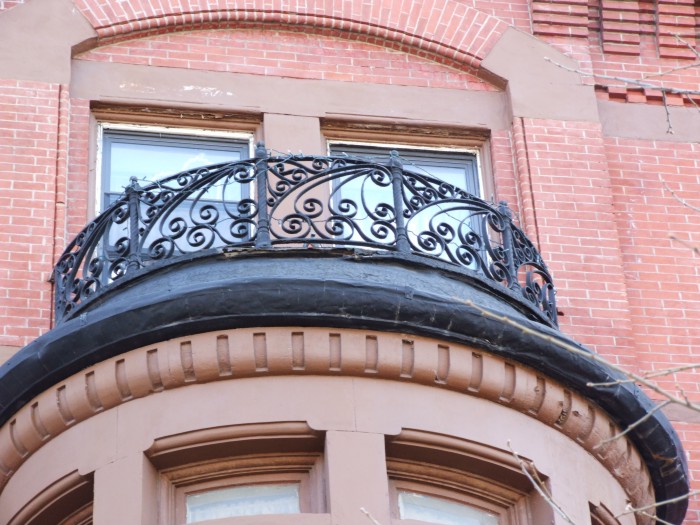

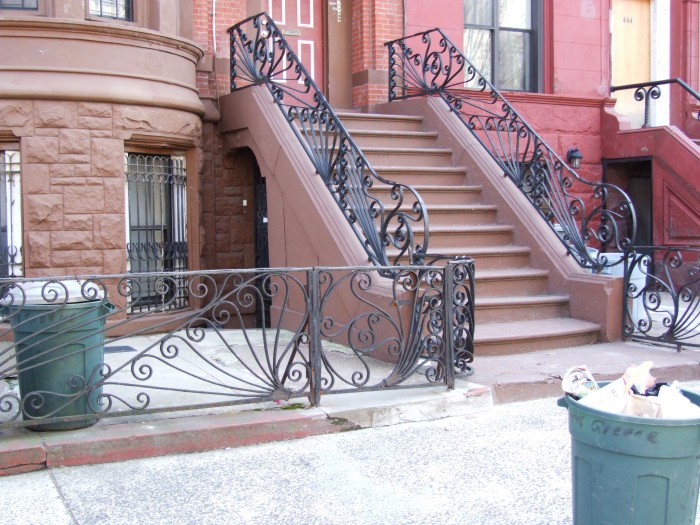
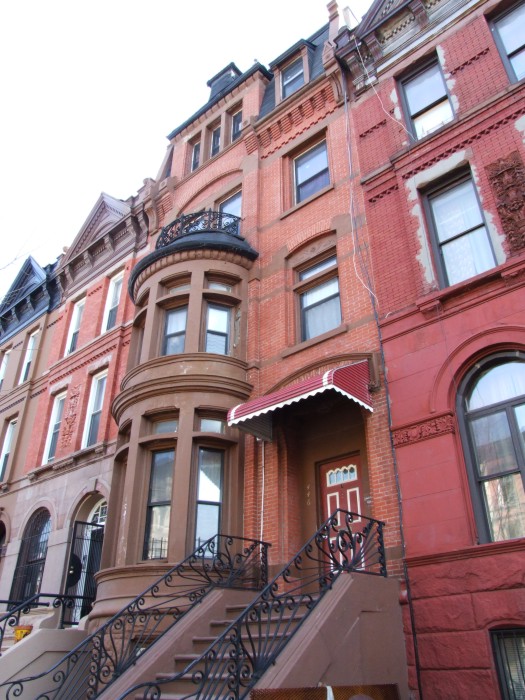
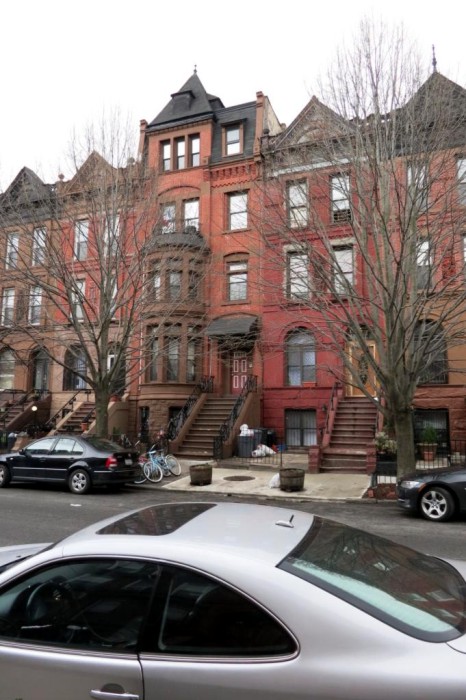
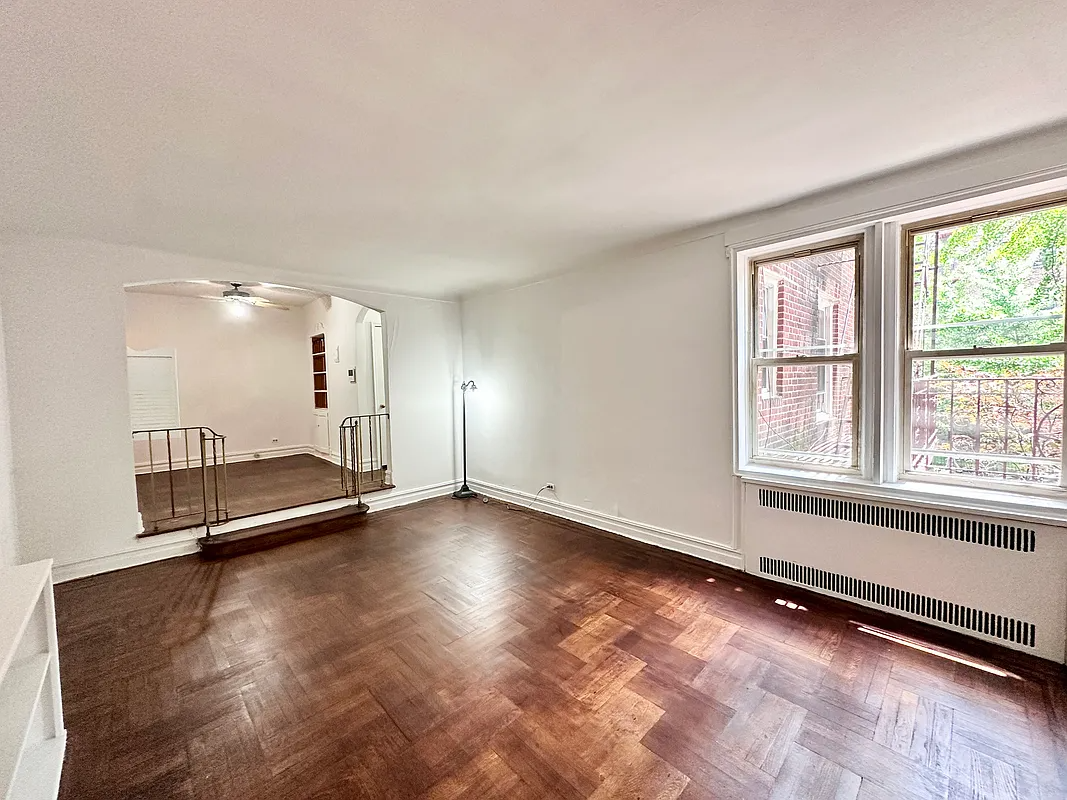
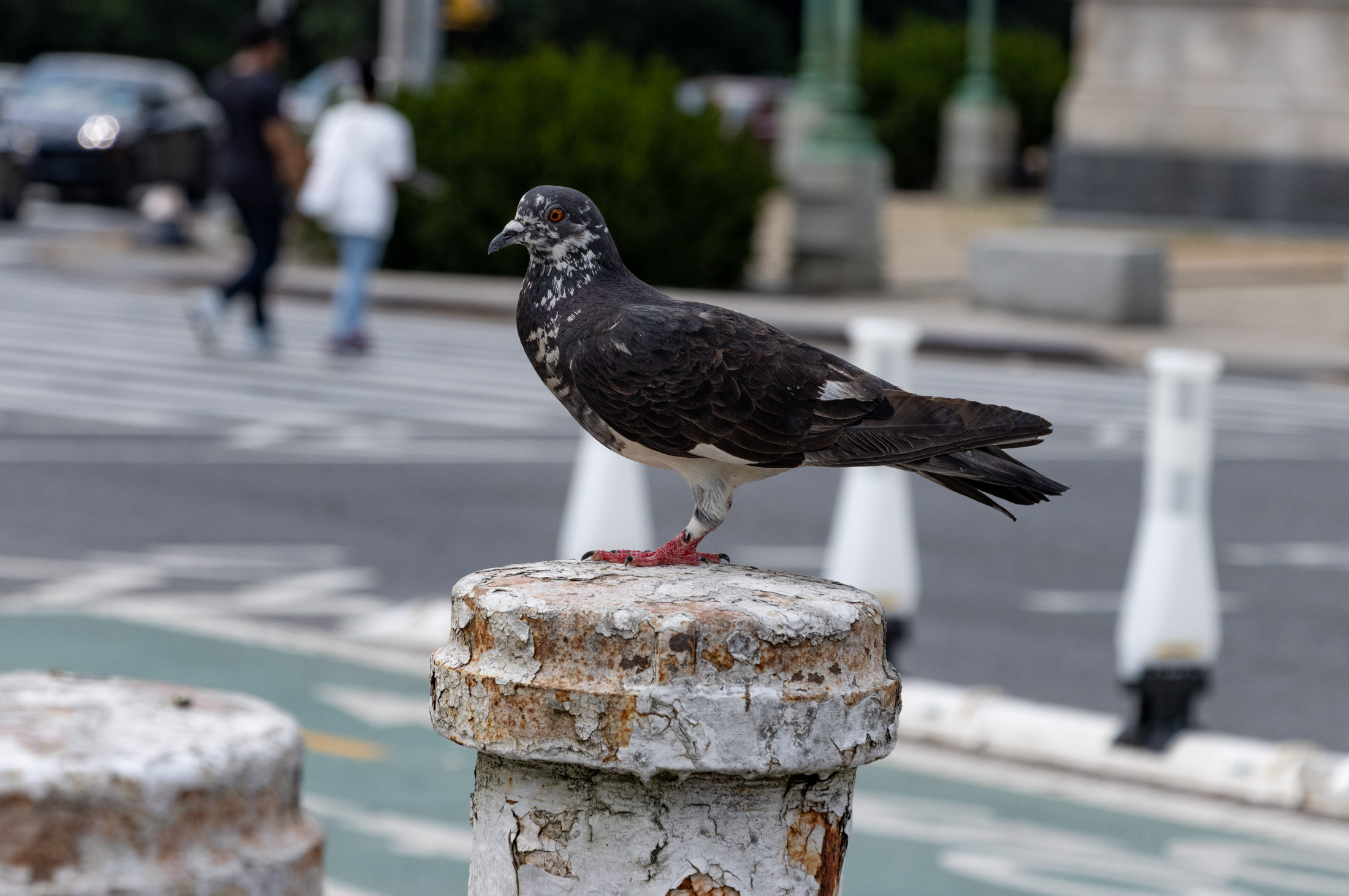


What's Your Take? Leave a Comment